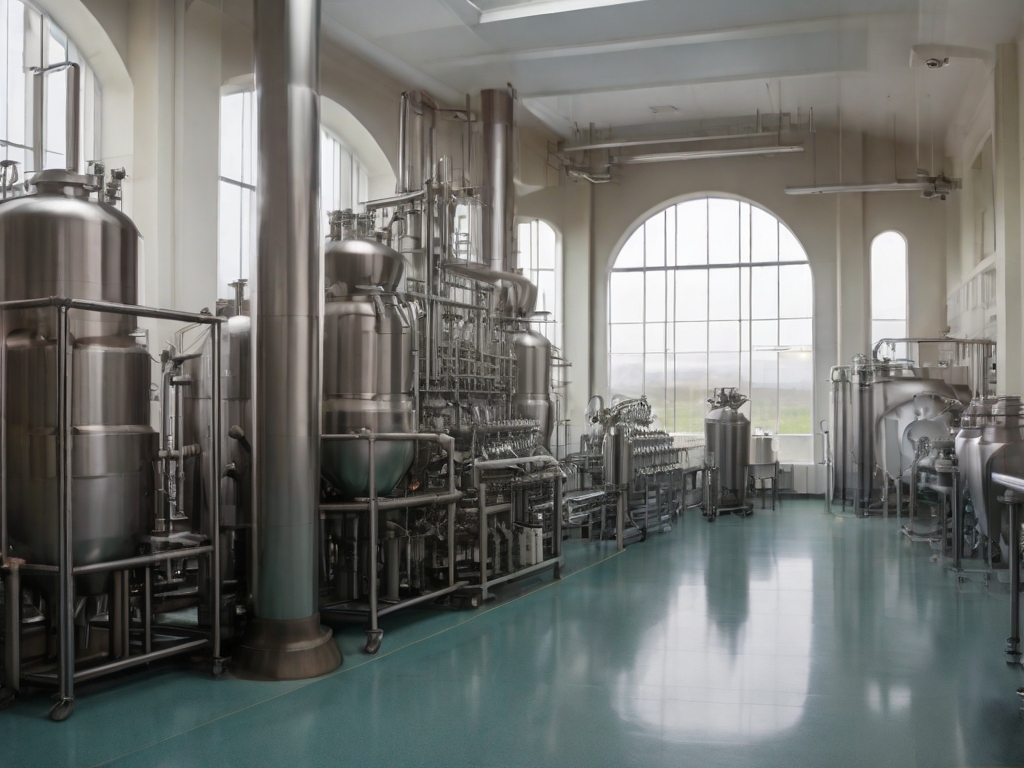Welcome to Intrinsically Safe Store, your one-stop-shop for all things related to safety in hazardous environments. We are committed to providing you with the latest insights and information on implementing renewable energy systems in Class 1 Division 2 areas. Visit our website to explore our wide range of products and services.
Understanding Class 1 Division 2 Areas
Class 1 Division 2 (C1D2) areas are defined by the National Electric Code (NEC) as hazardous locations where flammable gases or vapors may be present in the air in quantities sufficient to produce explosive or ignitable mixtures. These areas require special considerations when implementing any form of energy system, including sustainable energy.
The Need for Renewable Energy in C1D2 Areas
With the increasing global focus on sustainability and reducing carbon footprints, there is a growing need to implement renewable energy systems in all areas, including C1D2. Renewable energy sources like solar and wind power offer a sustainable and cost-effective solution for energy needs in these hazardous locations.
Challenges in Implementing Sustainable Energy Systems in C1D2 Areas
Implementing renewable energy systems in C1D2 areas comes with its unique set of challenges. These include:
- Ensuring safety and compliance with NEC regulations
- Dealing with the intermittent nature of sustainable energy sources
- Managing the high initial investment costs
Overcoming the Challenges
Despite these challenges, we can employ several strategies to successfully implement sustainable energy systems in C1D2 areas.
Using Intrinsically Safe Equipment
Using intrinsically safe equipment, designed to operate in hazardous locations without causing ignition, is one of the key strategies. At Intrinsically Safe Store, we offer a wide range of intrinsically safe products that can help in the safe implementation of renewable energy systems in C1D2 areas.

Investing in Energy Storage Systems
Investing in energy storage systems can help manage the intermittent nature of renewable energy sources. These systems store excess energy produced during peak production times and supply it during periods of low production.
Seeking Government Incentives
Government incentives can help offset the high initial investment costs associated with implementing sustainable energy systems. Many governments offer tax credits, grants, and other incentives for renewable energy projects.
Case Study: Successful Implementation of Renewable Energy in C1D2 Areas
A great example of successful implementation of sustainable energy in a C1D2 area is the solar power project at a gas processing plant in Texas. The project involved the installation of a solar array and an energy storage system. The project was successful in reducing the plant’s reliance on grid power and resulted in significant cost savings.
Harnessing Renewable Energy in Class 1 Division 2 Areas
Implementing sustainable energy systems in Class 1 Division 2 areas is not only possible but also beneficial. With careful planning, the use of intrinsically safe equipment, and the right strategies, renewable energy can provide a sustainable and cost-effective solution for energy needs in these hazardous locations.
At Intrinsically Safe Store, we are committed to helping you navigate the complexities of implementing sustainable energy systems in C1D2 areas. Contact us today to learn more about our products and services.


























